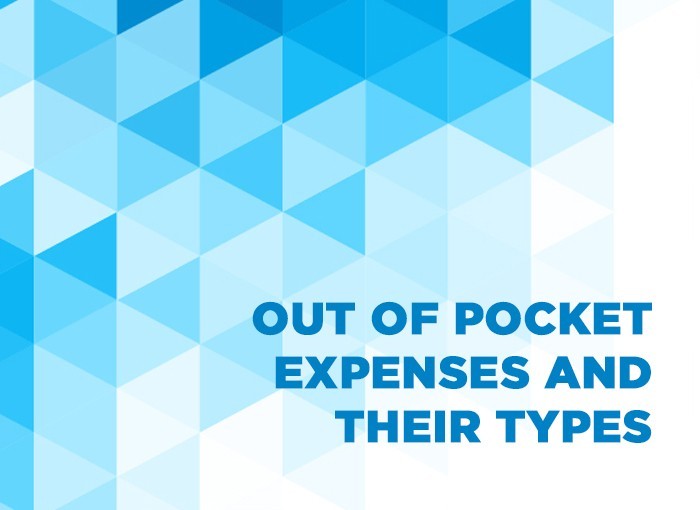What are Out of Pocket Expenses and their types?
OOPs or Out-of-pocket payments are payments made by individuals directly to health care providers as compensation for services provided. Such payments are made “out of the pocket” of consumers without any help or reimbursement by insurance.
Alternatively, OOPs can be described as the maximum amount consumers or policyholders are required to pay or a policyholders’ pay share during the course of a year for deductibles, copayments, coinsurance, etc., before health insurance plans cover all further expenses.
These transactions exclude any prepayments in the form of taxes, monthly premiums, contributions, supplemental plans, prescriptions, or out-of-network care and services.
- Premium
A health insurance premium is an initial cost of buying an insurance plan to avail medical coverage in the form of hospitalization bills and expenses. It can be paid all at once or periodically as monthly or yearly installments while the plan is in the period. The extent of the payable premium is conditional and is determined post medical examinations, screenings, history, family health background, current health conditions, age, and so forth. Failure to pay for premiums when they are due results in automatic cancellation of the insurance policy.
- Deductible
Deductible refers to the monetary medical expenses that policyholders are liable to pay before the insurance company initiates to cover on their behalf. After the deductible has been paid or the deductible cap has been reached, the insurance company will begin to remunerate for all eligible expenses. It is a form of cost sharing between the insurer and the insured. The expenses incurred before the deductible is met do not include monthly premiums. Higher deductibles come with low premium insurance policies and vice versa.
- Coinsurance
Coinsurance principally expressed as a fixed percentage is a cost sharing agreement involving the insurance company and the insured. After the deductible cap has been met, the insurer and the insured agree to pay definite percentages. Typically, in a coinsurance agreement, 80% of the expenses are covered by the insurance company, while the rest 20% are the ‘Out of Pocket’ expenses of the policyholder.
- Copayment
Copayment or copay is a fixed amount paid by the policyholder to a healthcare provider each time a covered service is availed. While coinsurance is expressed as a fixed percentage, copayment is a small portion of the entire expense fixed by the insurance company to prevent moral hazard. Copays are often charged for services like doctor visits and prescription drugs.
A reasonable balance must be maintained while fixating on a copayment amount. An unaccommodating high copay amount discourages consumers from seeking necessary medical care. On the other hand, an extremely low copay will encourage wasteful/unneeded expenses.
- Supplemental Health Insurance
Supplemental health insurance covers expenses that are typically left out of traditional health insurance plans. These differ with differing policies and may include dental insurance, vision care, critical disability insurance, cancer policies, accidental death insurance, and more, based on the policyholder’s requirements. However, the cost incurred to avail these conveniences is not reimbursed by the insurance company and thus becomes an Out of Pocket expense.
- Out-of-Pocket Maximum
The out-of-pocket maximum is the maximum amount a policyholder is liable to pay for insurance covered medical services during the course of a plan year. It can be referred to as an annual cap or limit on yearly health care costs to be incurred by the insured.
The expenses incurred on deductibles, coinsurance, and even copays are included to reach the out-of-pocket maximum. However, it is exclusive of monthly premiums and supplemental health insurance charges.
After the out-of-pocket maximum is met or the limit is reached, all costs and expenses are to be fully compensated by the health care plan.
Insurance users often look at health insurance as a necessary evil. While it is intended to help cover massive medical expenses, it is also an added liability that leads to heavy expenses on its own. Caps like the above are introduced as efforts to control such tendencies.




